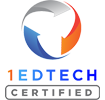
When it comes to digital education, there are a lot of buzzwords thrown around, chief among them being “engagement.” You may hear statements or phrases such as “engaging lessons,” “engaging media,” and “engaged learners.” All of these things are important—but how do you evaluate so-called “engagement” when that word is used very frequently and applied so widely?
Let’s stop a moment to define the term “engagement:” 1
- To hold the attention of
- To induce to participate
Given the above definition…is “engagement” really what we should aim for in digital education?
Do more than engage your students. Immerse them in the learning.
Are we just swapping one word out for another? A valid point—if you’re going to immerse learners you need to think carefully about how you’re designing and delivering digital instruction and create a multifaceted and interdependent system that uses the following baseline principles:
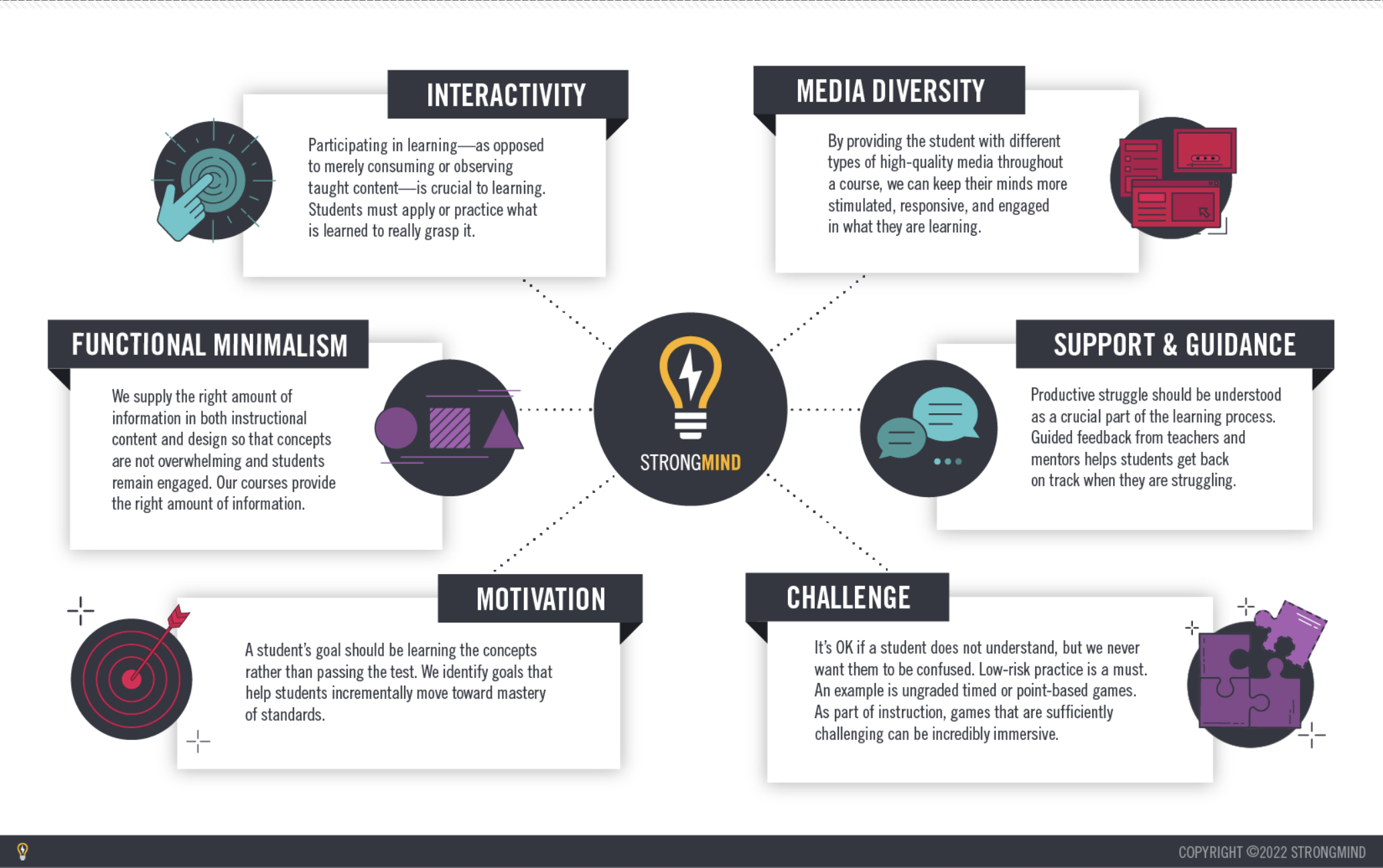
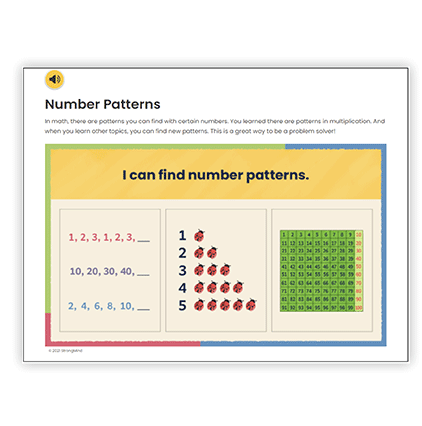
Immerse your students with interactive lessons and activities
Participating in learning—as opposed to merely consuming or observing content—is imperative. Students must practice and apply what is learned to really grasp it. Digital curriculum provides more opportunities for students to collaborate and apply their learning, such as with project-based learning. As they move through online content, information is presented in a variety of formats for diverse learning styles—visually in a video, through written text that can also be read aloud, through PBL, or even in an exploratory discussion question. When content is presented in multiple ways, students have more opportunities to interact and immerse themselves in the learning.
Immerse students by motivating them as they learn
A student’s goal should be to learn the concepts rather than to pass a test. As students move through content, they should identify and set personal goals to help them incrementally move toward mastery of content. Tools such as digital calendars and to-do lists can greatly benefit K-12 students who need frequent reminders to manage their classes, especially if they’re taking advantage of virtual or hybrid learning. Computer-scored assignments can also motivate students with real-time, dynamic feedback.
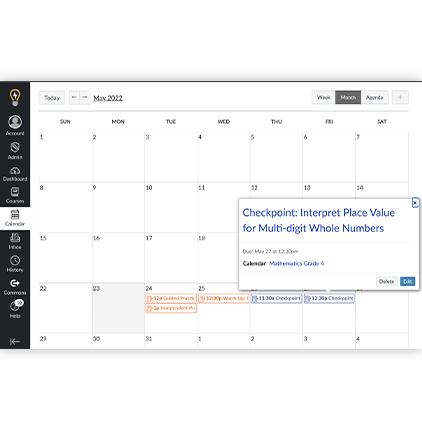

Immerse your students with functional minimalism
Lessons should supply the right amount of information in both instructional and design. Too much or too little could overwhelm learners. For example, in addition to relevant, immersive content, digital curriculum should keep everything needed to learn contained within the lesson or activity. Students should not need to clink any links or navigate to a new page.
Immerse students by providing adequate support and guidance
A productive struggle should be understood as a crucial part of the learning process for K-12 students. In an online learning environment, teachers have more opportunities to give targeted feedback, which supports the embedded scaffolds typically found in digital curriculum (read aloud, translation, word look up, etc.). With computer-scored assignments, they can look at data in real time and jump in to support their learners.
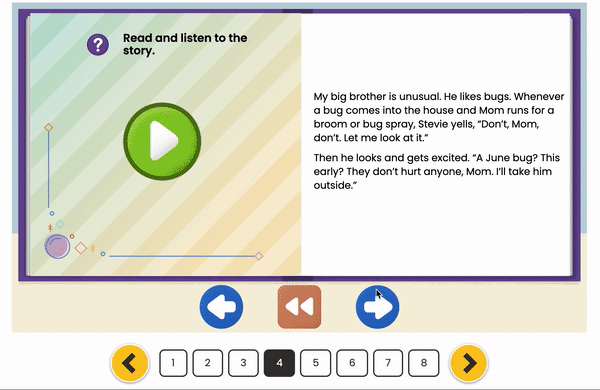
For assignments that need manual grading, such as with project-based learning or discussion questions, teachers can communicate via written comments on assignment submissions or through a digital messaging system. Teachers in a hybrid environment may choose to pull a small group while in-person to give specific feedback and support; virtual learning teachers can do this as well through video calls and synchronous tutoring sessions.
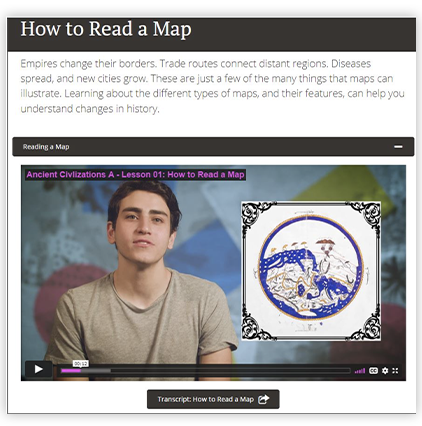
Use diverse media to immerse students
By providing the student with different types of high-quality media throughout a course, teachers can keep their minds more stimulated and responsive to what they are learning. Digital curriculum gives districts a chance to immerse K-12 students with a wide variety of media and interactives. Online courses can and should include a blend of videos, interactive content, infographics, comics, projects, science labs, and images. More than just capturing students’ attention and getting students involved in the learning, such media presents information in diverse ways so that students with different skills and interests can become immersed and supported in achieving mastery.
Immerse your learners with content that sufficiently challenges them
It’s OK if a student does not understand a concept right away, but they should never be left confused after a lesson. Your content in a digital course should include low-risk practice with dynamic feedback. An example is ungraded timed or point-based games. As part of instruction, games that are sufficiently challenging can be incredibly immersive.
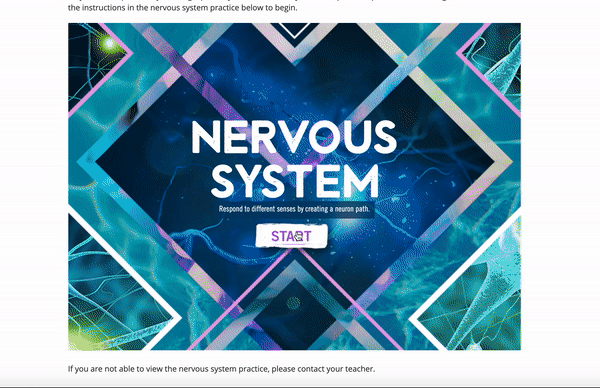
At StrongMind, “immersive” is more than just a buzzword—it’s a state of mind crucial to effective learning. We created a high quality digital curriculum for grades K-12 that empowers students through flexibility and collaboration, uses research-based pedagogy, and provides robust resources to foster thriving teachers. Want to see more?
1 Merriam-Webster. (n.d.). Engage definition & meaning. Merriam-Webster. Retrieved May 23, 2022, from https://www.merriam-webster.com/dictionary/engage


